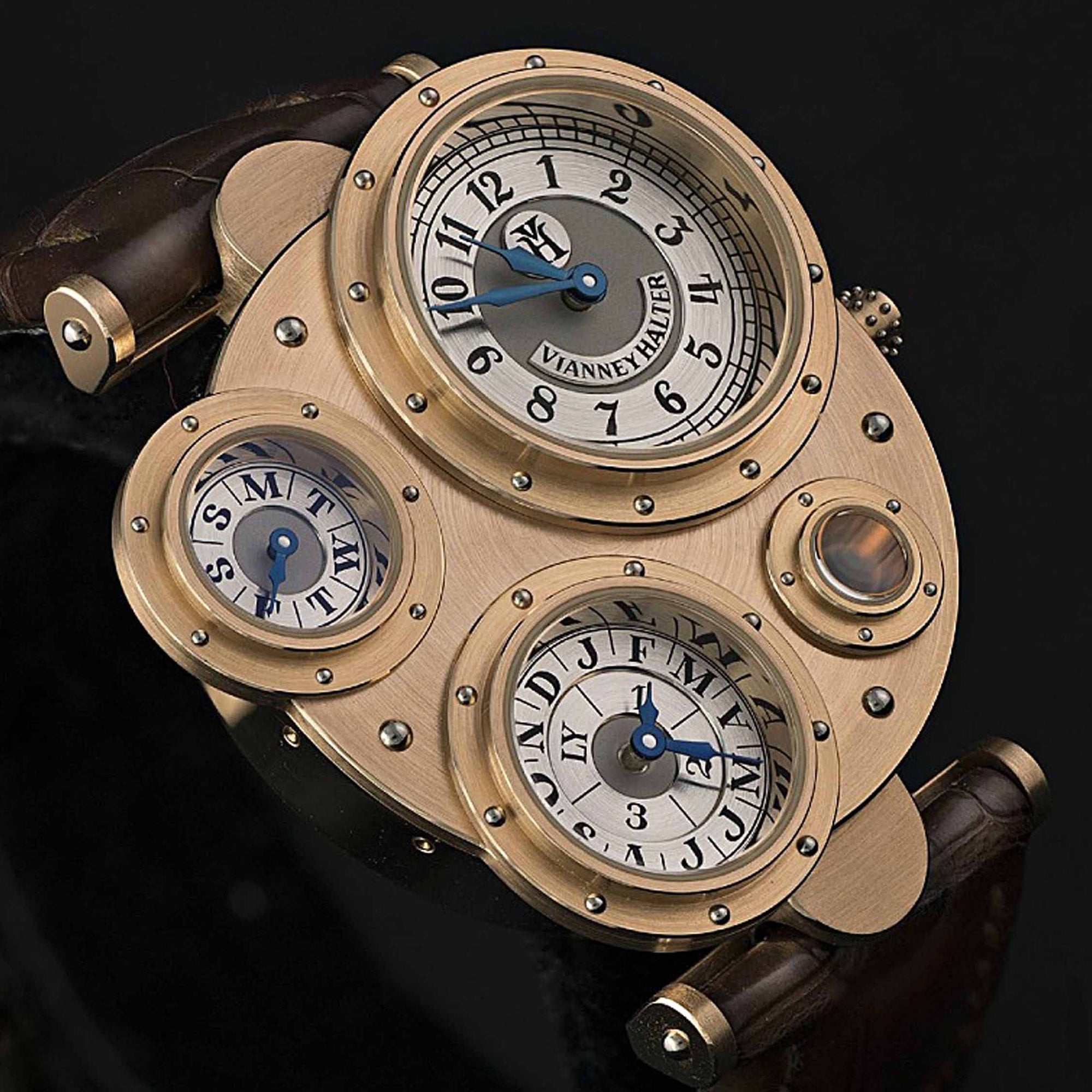
Rolex once again has watch enthusiasts all over the web charged up about this year’s releases at Baselworld. I must say, it has been worth the long wait. I’ve always been a Daytona fan, and the new releases certainly don’t disappoint.

The Rolex Daytona had its beginning as far back as 1955, at least as a concept. The Rolex Oyster Chronograph reference 6234 featured a tachymeter scale on the outer ring and a telemeter scale for distances on the inner ring. It was one of the wristwatches produced by Rolex that really helped put them on the map as far as motorsport is concerned.

In 1963 Rolex introduced the first Cosmograph model, the reference 6239, but it was not until 1965 that the first true Daytona appeared - the reference 6240. Interestingly enough, it was originally named the ‘Le Mans’ – but Rolex finally settled on its current name – taking inspiration from the famous US race track in the city with the same name.
The 2016 Daytona celebrates the same aesthetic lines as the original but brings with it some interesting new developments and upgrades in terms of watchmaking.
The good news is that there is finally a Daytona in steel - 904L steel to be precise - and with a black Cerachrom bezel made entirely from one block that’s scratch and UV resistant. That means no patina, even if you keep the watch for 50 years! The bad news is that if you want one, the waiting list will be a very, very long one (unless of course, you know someone who knows someone, as they say!)
The Cosmograph Daytona is produced with the caliber 4130 movement, which is a self-winding mechanical chronograph entirely in-house manufactured by Rolex. Last year Rolex actually upgraded its entire certification criteria. The precision of a ‘Superlative Chronometer’ is now accurate to −2/+2 seconds per day, more than twice as accurate as an official COSC chronometer. It’s something Rolex is very proud of.
Part of the secret of their accuracy is the oscillator at the very heart of the watch. Rolex developed a blue Parachrom hairspring, using an alloy exclusive to their brand to enhance reliability and durability. They also improved the design by reducing the number of components to a mere 290, which makes it easier to service, and it also extended the power reserve right up to 72 hours.
Rolex has also perfected a manufacturing process for the fine gradations on the bezel. First, they’re molded, then fired at 1,500° C, then coated with PVD. The superb contrast of the platinum against the black ceramic makes the numerals remarkably legible.

Another new Rolex that was unveiled at Baselworld is the Oyster Perpetual Explorer with a new Chomalight display. This luminescent substance emits a blue glow for optimal and long-lasting legibility. The luminosity duration of the chroma light display is almost double that of a standard luminescent material and can extend beyond eight hours. It’s something that fans of the Explorer are very pleased about.
The hands have also been modified slightly. They are now slightly bigger than on previous models.
The Oyster Perpetual contains the caliber 3132 movements, and features the folding Oysterlock safety clasp to prevent accidental unclasping, and has a 5 mm comfort extension link.
Both watches reflect some very interesting novelties in terms of technical improvement. I can’t believe they really launched a stainless steel Daytona with Cerachrom bezel, well done Rolex.








